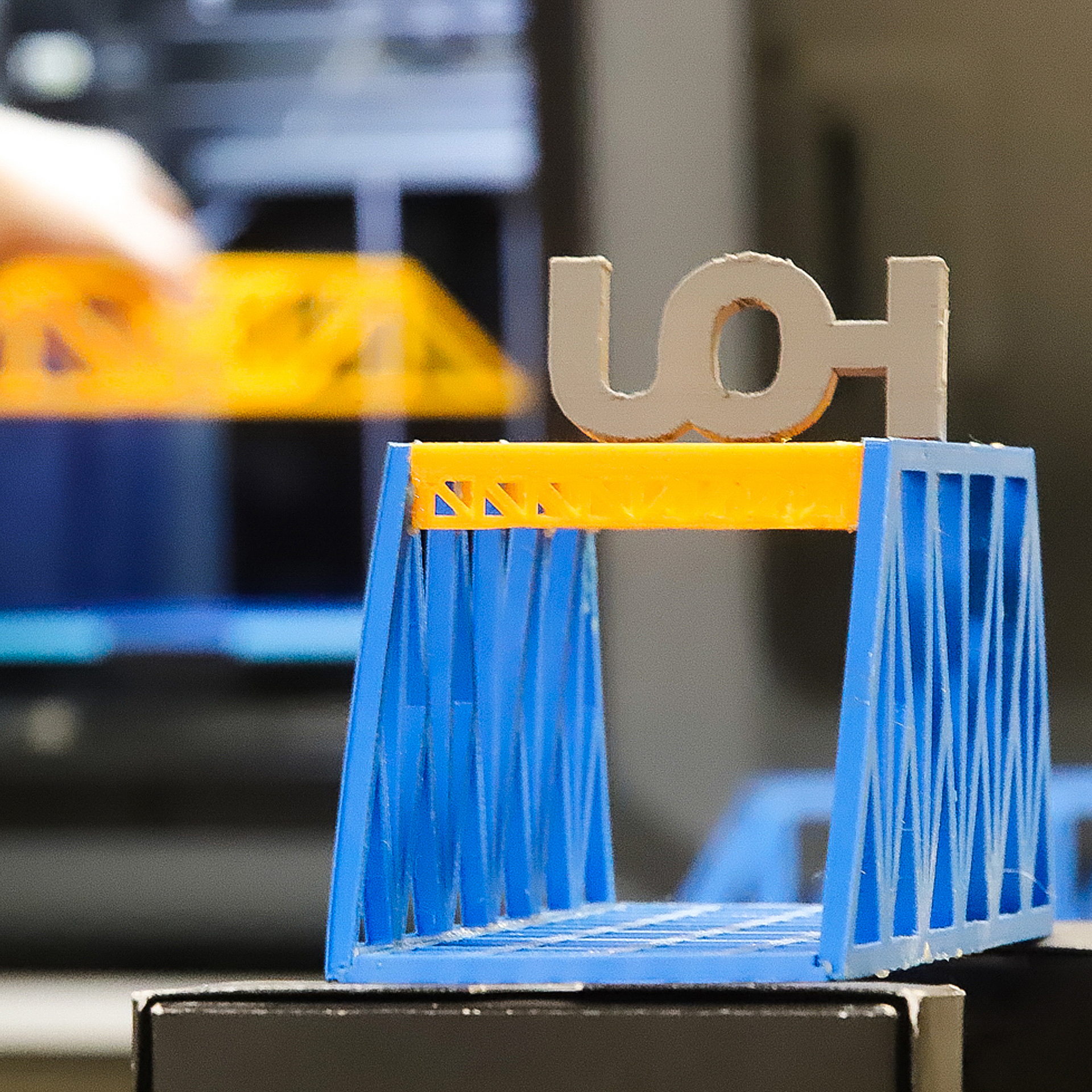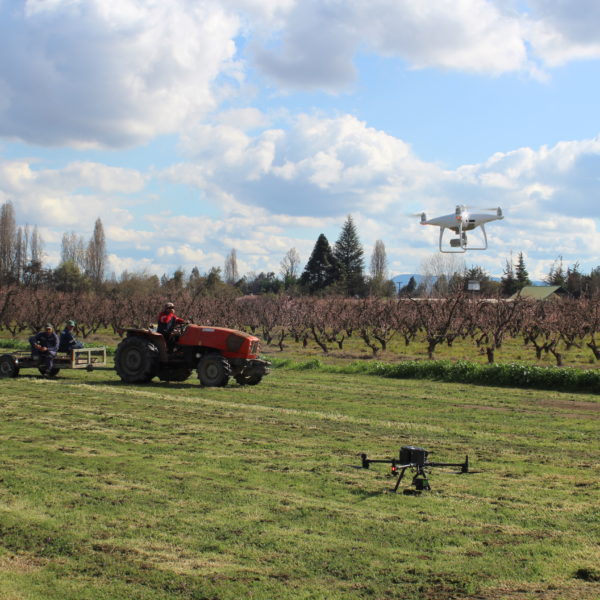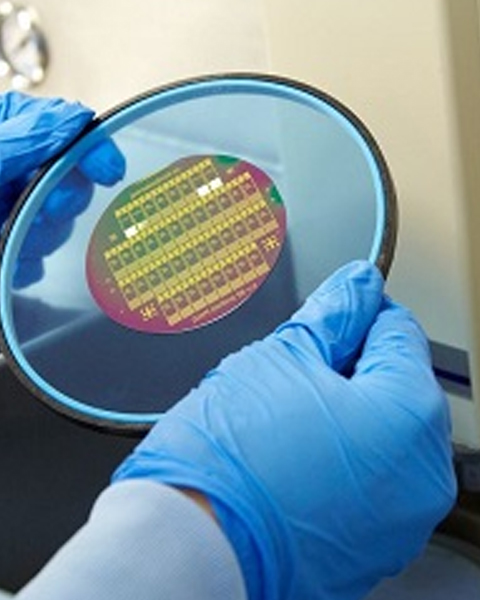El Instituto de Ciencias de la Ingeniería tiene como misión principal el desarrollo de investigación de punta en áreas relacionadas con las ciencias físicas y matemáticas, las ciencias aplicadas y las ciencias de la ingeniería en sus diversos ámbitos, en un contexto de trabajo multidisciplinario e interdisciplinario.
Tiene como foco las problemáticas provenientes de la Región del Libertador Bernardo O’Higgins, generando conocimiento y desarrollo tecnológico con una proyección global. En particular el Instituto busca una fuerte interacción con las principales áreas productivas de la región, incluyendo la agroindustria y la minería, entre otras. Junto con esto, la vinculación con el medio juega un rol crucial, incluido el continuo trabajo con los múltiples actores regionales, y la divulgación y transferencia de su quehacer investigativo en el ámbito social y productivo.

































